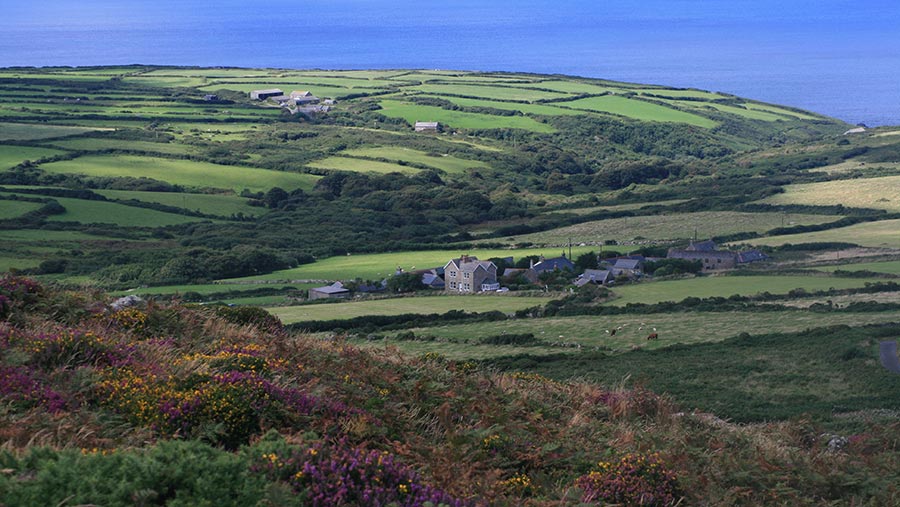Opinion: Natural England’s SSSI approach is too blinkered
 © Diana Leadbetter/ Adobe Stock
© Diana Leadbetter/ Adobe Stock I was able to attend, as an observer, the 10-hour meeting held in St Ives on 28 June, where the board of Natural England (NE) approved notification of a site of special scientific interest (SSSI) for the West Penwith Moors and Downs.
Board members, a legal team, and a phalanx of NE staff and specialists were joined in the room by objectors, supporters and observers.
At the end of the day, the notification was approved seven to one, with two abstentions.
See also: Anger after Natural England confirms Penwith Moors as SSSI
About the author

Tom Greeves is a cultural environmentalist, an academic and a past chairman of The Dartmoor Society.
Objectors spoke with passion, eloquence, defiance and sometimes incredulity at what they had heard or how they had been treated.
They argued forensically that Natural England had failed to assess the land properly, had failed to understand the hydrological implications of past mining, and had failed to communicate with those affected.
One objector, highly skilled in conservation and law, said he had “never seen such a shambolic corpus of evidence”. Another said the approach of NE to their land was “the peak of flippant arbitrariness”.
At this point, the board should have objectively addressed a key question: “Given existing designations and safeguards, including area of outstanding natural beauty status, is adding another layer of bureaucracy in the form of an SSSI either necessary or helpful for the wellbeing of West Penwith?”
Had they done so, the answer must have been a resounding “no”.
The absurdity of the designation is that an SSSI is not only completely unnecessary given existing designations and local environmental groups, but will also perpetuate an imbalance in approaches to land management and the value of land to society as a whole, whether for food production, recreation, nature or culture.
The board was not allowed to take into consideration the social and economic impact of notification.
Much was made of the good numbers of Dartford Warblers, and of various rare lichens, mosses and invertebrates.
There was an underlying assumption that all these were imminently at risk (despite being the product of millennia of land management by local farmers), and that somehow the designation of an SSSI would offer immediate “protection”.
There was significant debate about the inclusion of “clean” land – fields used for livestock and so on.
This is the greatest bone of contention for farmers, who fear they will not be able to continue maintaining the quality of grass for their dairy herds, or practices such as repairs to pipework for water supplies.
The designation was made by people locked into an approach to land management that should no longer have a place in our society.
By separating nature from culture, and from social and economic considerations, a flawed decision was inevitable.
For example, the focus on the vegetation of valley mires and a supposed risk of run-off from clean, grazed fields ignores the fact that these were once areas of rich medieval tin streamworks, which intrinsically are important from historical, ecological, educational and recreational perspectives, but which are now obscured by that same vegetation.
Without such deep understanding of the landscape and its people, poor-quality management will follow.
It is as if a West Penwith sea mist had obscured the vision of board members who, essentially, rubber-stamped the views of their officers.
It is a shameful outcome, but hopefully will alert people to the need for radical reform of the SSSIs criteria, to include the equally important science of the cultural landscape, as well as social and economic issues.
